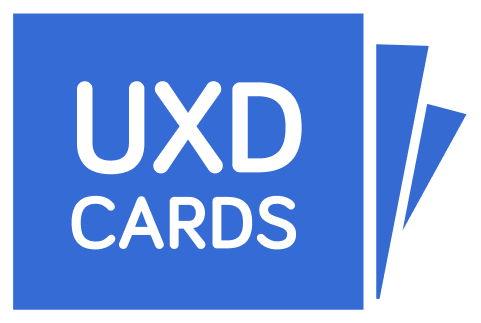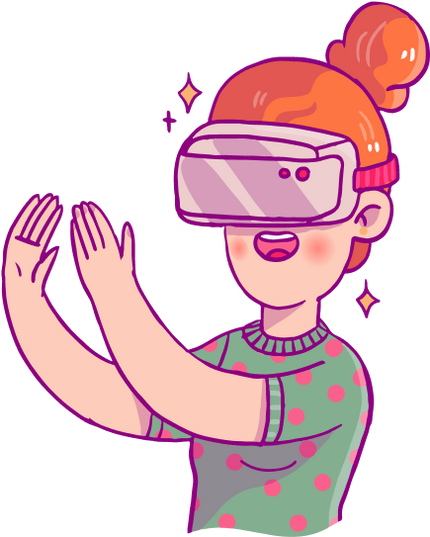Introduction:
Welcome to our beginner's guide to innovating design thinking with the help of tools and cards. Design thinking is a human-centered approach to problem-solving that prioritizes empathy, creativity, and iteration. In this article, we'll explore how leveraging a variety of tools and cards can supercharge your design thinking process, leading to more innovative solutions and impactful outcomes.
Understanding Design Thinking
A Human-Centered Approach:
Design thinking is a methodology that places the needs and experiences of users at the forefront of the design process. It involves empathizing with users, defining problems, ideating solutions, prototyping, and testing iteratively. By focusing on understanding user needs and iterating based on feedback, design thinking fosters innovation and drives meaningful change.
The Power of Tools in Design Thinking
Catalysts for Creativity:
Tools play a crucial role in facilitating and enhancing the design thinking process. Whether physical or digital, tools provide structure, guidance, and inspiration for brainstorming, prototyping, and collaboration. From whiteboards and sticky notes to prototyping software and collaboration platforms, the right tools can empower teams to unleash their creativity and solve complex problems effectively.
Ideation Cards and Techniques
Sparking Creative Solutions:
Ideation cards and techniques are invaluable resources for generating innovative ideas during the design thinking process. Cards such as brainstorming prompts, random stimulus cards, and design principle cards can stimulate divergent thinking and help teams explore a wide range of possibilities. By introducing constraints and novel perspectives, ideation cards encourage creative thinking and fuel breakthrough innovation.
Design Frameworks and Templates
Structured Creativity:
Design frameworks and templates provide a structured approach to problem-solving within the design thinking framework. Whether it's journey maps, persona templates, or problem-solving canvases, these tools offer a systematic way to organize information, identify patterns, and prioritize opportunities. By providing a common language and framework, design templates streamline collaboration and ensure alignment across multidisciplinary teams.
Prototyping Tools and Materials
Bringing Ideas to Life:
Prototyping is a critical phase of the design thinking process, allowing teams to quickly translate ideas into tangible prototypes for testing and iteration. From low-fidelity paper prototypes to high-fidelity digital mockups, prototyping tools and materials enable teams to visualize and validate solutions before investing significant time and resources. By iterating rapidly and incorporating user feedback, prototyping accelerates the innovation process and increases the likelihood of success.
Collaboration Platforms and Digital Tools
Seamless Collaboration:
Collaboration platforms and digital tools facilitate remote teamwork and co-creation, enabling distributed teams to collaborate effectively in real-time. Whether it's virtual whiteboards, video conferencing software, or project management tools, these platforms provide a centralized hub for sharing ideas, gathering feedback, and tracking progress. By breaking down geographical barriers and fostering cross-functional collaboration, digital tools enhance the scalability and impact of design thinking initiatives.
Conclusion:
In conclusion, tools and cards are indispensable allies in innovating design thinking, enabling teams to unleash their creativity, solve complex problems, and drive meaningful change. By leveraging a diverse array of tools, from ideation cards and design frameworks to prototyping tools and collaboration platforms, teams can supercharge their design thinking process and deliver innovative solutions that truly resonate with users.





